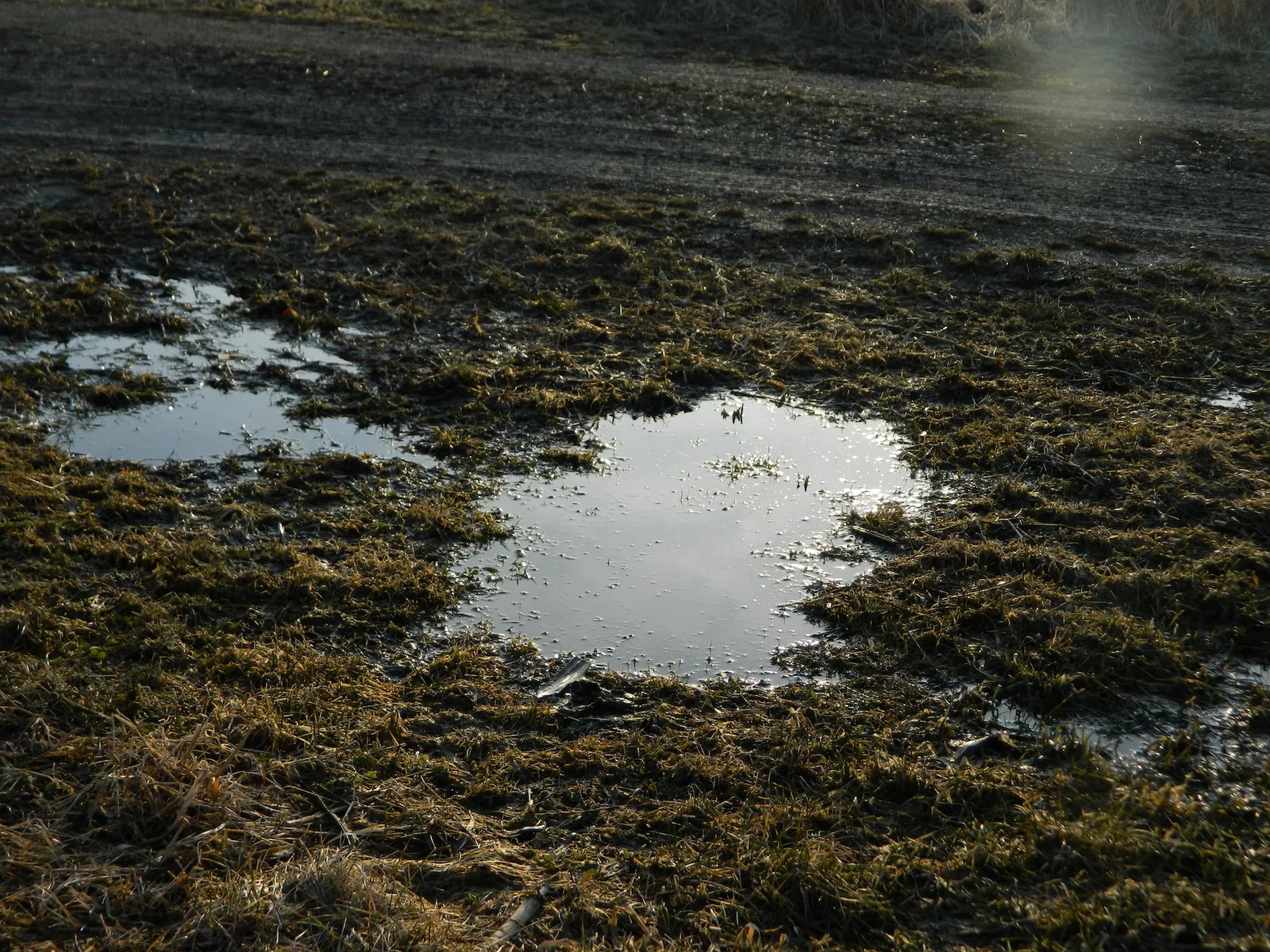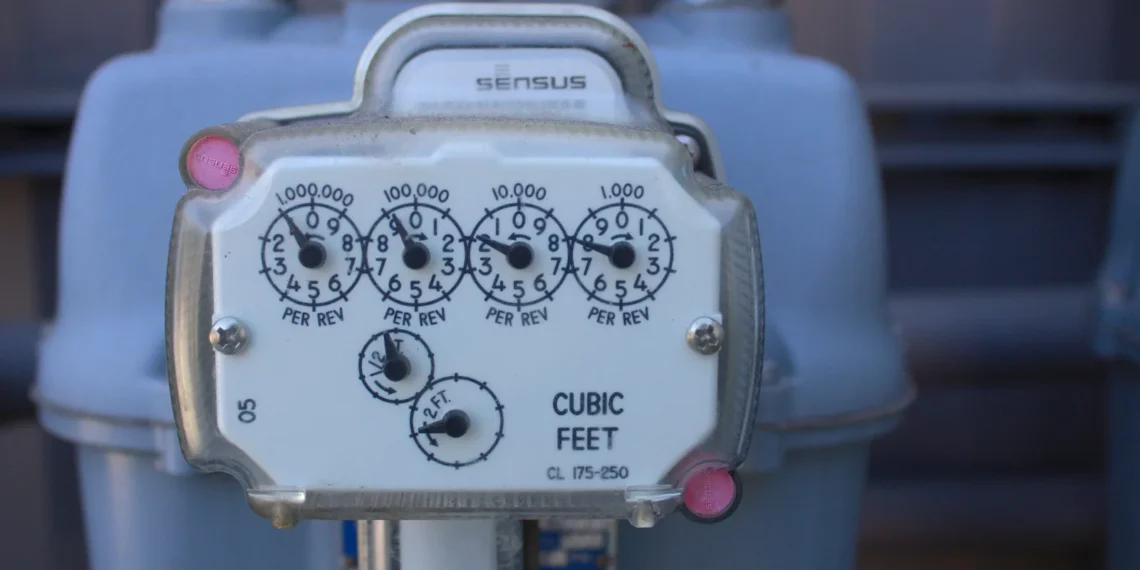Do you always have spots of standing water on your lawn? It might seem like a minor annoyance, but it can cause damage over time. Here are some simple fixes for poor yard drainage.
Why Should You Fix Drainage Issues?
Improper drainage can significantly affect your lawn’s health and appearance, so you should fix the issue immediately.
Here’s how it can affect you:
- Looks unpleasant: Simply put, it can look and smell unpleasant, throwing off the aesthetic of your yard.
- Attracts pests: Drainage issues often attract pests that are hard to eliminate. For example, standing water draws in cockroaches, mosquitoes and termites.
- Washes out foundation: Your home’s foundation weakens when it’s constantly wet.
- Reduces soil health: Poor yard drainage can lower your soil health because runoff contains contaminants — meaning your plants won’t grow as well.
- Damages grass: While grass usually loves moisture, too much can damage it — and make it an unattractive yellow or brown color.
Fixing this issue as soon as possible is essential for your home, grass and garden health. Take action right away if you can.
How to Fix Poor Yard Drainage
How can you make your drainage better? Thankfully, there are tons of easy solutions you can do yourself. Most only require a few tools or materials.

Install a Drainage Line
The cause of your water-logged yard may be your foundation or another concrete structure. For instance, mechanically stabilized earth retaining walls typically have drainage issues that wear them down over time. You can’t exactly move your home, but you can control where the runoff goes.
All you need is a shovel, dirt, gravel and a drain pipe. You can plant flowers if you want to make the project aesthetically pleasing. First, you must dig — an 18-inch trench is ideal for most yards. That depth allows you to stick a standard tube in and still have room to cover it with dirt.
Then, spread a layer of gravel below and on top of the pipe and fill any remaining cracks with soil when you’re done. Even though this method is pretty involved, it gives you the most control over the direction of the water’s flow.
Redistribute Soil
Do you always see water pooling in the same spots on your lawn? If so, it might be because it’s sunken in certain areas. You must level everything if you want it to change. Although redistributing dirt likely requires a lot of effort, it’s one of the most effective ways to fix poor yard drainage.
Clean Gutters

Clogged gutters are one of the most common causes of drainage issues — the runoff splashes over the sides and goes where it shouldn’t. When was the last time you cleaned yours? Take a peek and see if any blockages are disrupting the flow. Fixing the issue should be as easy as picking up clumps of leaves and sticks.
Also, you could install extra parts if your gutters dump water too close to your foundation. For instance, a downspout extension is affordable, easy to place and lets you redirect the current anywhere you like. Alternatively, you could put a mesh cover over them to keep debris from falling in.
Aerate Your Yard
Aerating the ground makes it less compact, allowing standing water to drain more quickly. A special machine or pitchfork pulls plugs of soil up. The holes you make may not look pretty, but they’re great for your yard’s health. You can even leave the leftover dirt clumps alone because they’ll eventually mix in or wash away.
If you have a lot of gravel or mulch, stir that up, too. These materials can compact over time, preventing liquid from soaking into the garden bed. Fixing this issue will improve drainage — and your plants will appreciate more wiggle room.
Grow a Rain Garden
A rain garden is a collection of moisture-loving plants that will soak up any standing water in your yard. Although classics like hydrangea or clover love to get wet, you should research what works best for your location. Native greenery will likely have the most significant impact because it’s suited for the area you live in.
Install Borders
Do you usually see standing water near your patio, driveway or sidewalk? Chances are the cement is preventing it from draining properly. You can install a small border on the outside of each to help it soak into the grass.
Spread Fertilizer
Spreading fertilizer in your yard can help oxygenate it. The mixture is lighter and less compact than regular dirt, so mixing them makes water drain faster. It’s an easy solution — especially considering you can make your own at home by composting kitchen scraps and lawn clippings. This method also helps your plants grow more quickly.
Improve Your Drainage for a Better Yard
Poor yard drainage can cause several issues, so fixing it quickly is essential. Thankfully, many options are available — you can plant greenery, install a pipe or simply clean your gutters. Most solutions are super simple and will give you a lawn you can be proud of.









